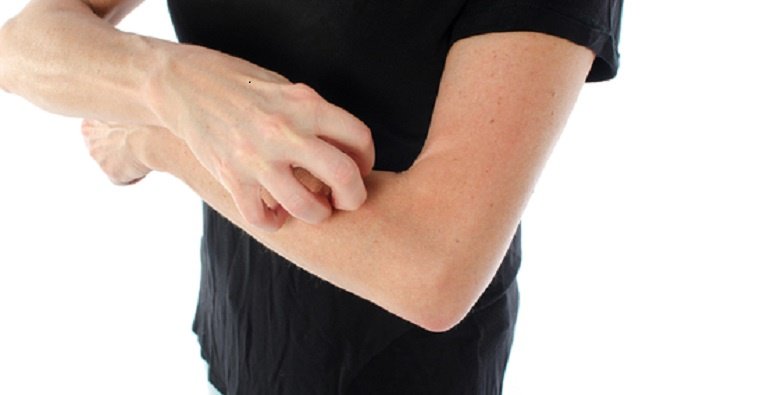Hives, also known as urticaria, affects about 20% of people at some time during their lives. It can be triggered by many substances or situations and usually starts as an itchy patch of skin that turns into swollen red welts. Itching may be mild to severe and can get worse from scratching, alcoholic beverages, exercise, and emotional stress.
There are two types of hives—acute and chronic.
Acute hives last less than six weeks, and chronic hives last for more than six weeks. Acute hives are usually caused by an allergic reaction or viral infection and are inclined to go away after a week, but they may return if exposed to the same allergic trigger. Common triggers for hives include foods (peanuts, chocolate, fish, tomatoes, eggs, and milk), insect stings and medications (penicillin, sulfa drugs).
Chronic hives are less likely to be due to an allergy. They may be caused by stress, autoimmune disorders, hormonal changes or some other systemic problem.
Triggers for Hives
Some food—especially peanuts, eggs, nuts, and shellfish—are common triggers for hives. Medications—such as antibiotics, especially penicillin and sulfa, aspirin and ibuprofen—can also be a trigger. Insect stings or bites are a common trigger, and physical stimuli, such as pressure, cold, heat, exercise or sun exposure, can also trigger a reaction. Other known triggers for hives include
- Latex
- Blood transfusions
- Bacterial infections
- Viral infections, including the common cold
- Pet Dander
- Pollen
- Some plants, such as poison oak and poison ivy
Symptoms of Hives
Symptoms can last anywhere from minutes to months—or even years. While they resemble bug bites, hives are different in several ways. Hives can appear on any part of your body, and they may change shape, move around, disappear and reappear over short periods of time. Hives are not specific to any age group or gender. One hive symptom is called ‘blanching’ when you press the center of the hive and it turns white. The bumps—red or skin-colored welts or wheals, as they’re sometimes called—have clear edges and usually appear suddenly and go away just as quickly.
How to Treat and Manage Hives
If you know how to avoid your known triggers for hives, that’s the first and most obvious way to manage the condition. However, if you develop hives, see your physician, allergist or board-certified dermatologist. Depending on the severity of your symptoms, a treatment will be recommended either by prescription or over-the-counter antihistamines.
Find a location near me
or

